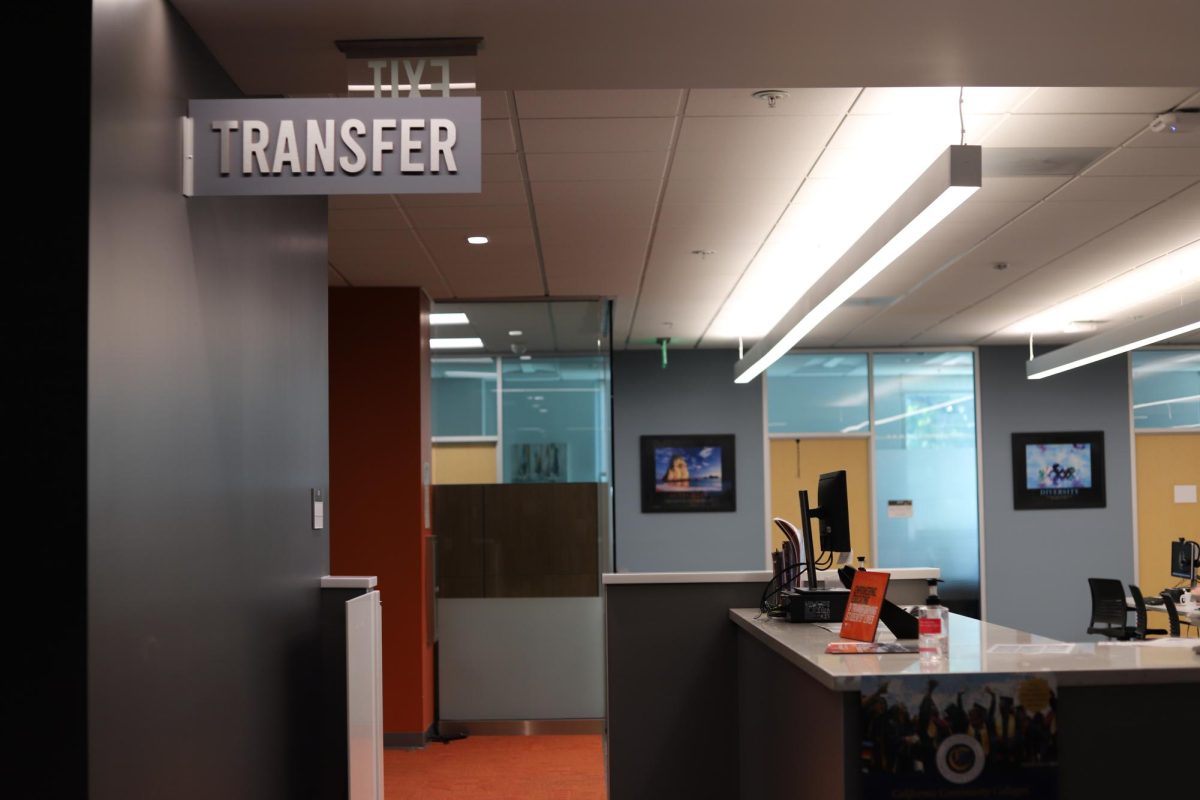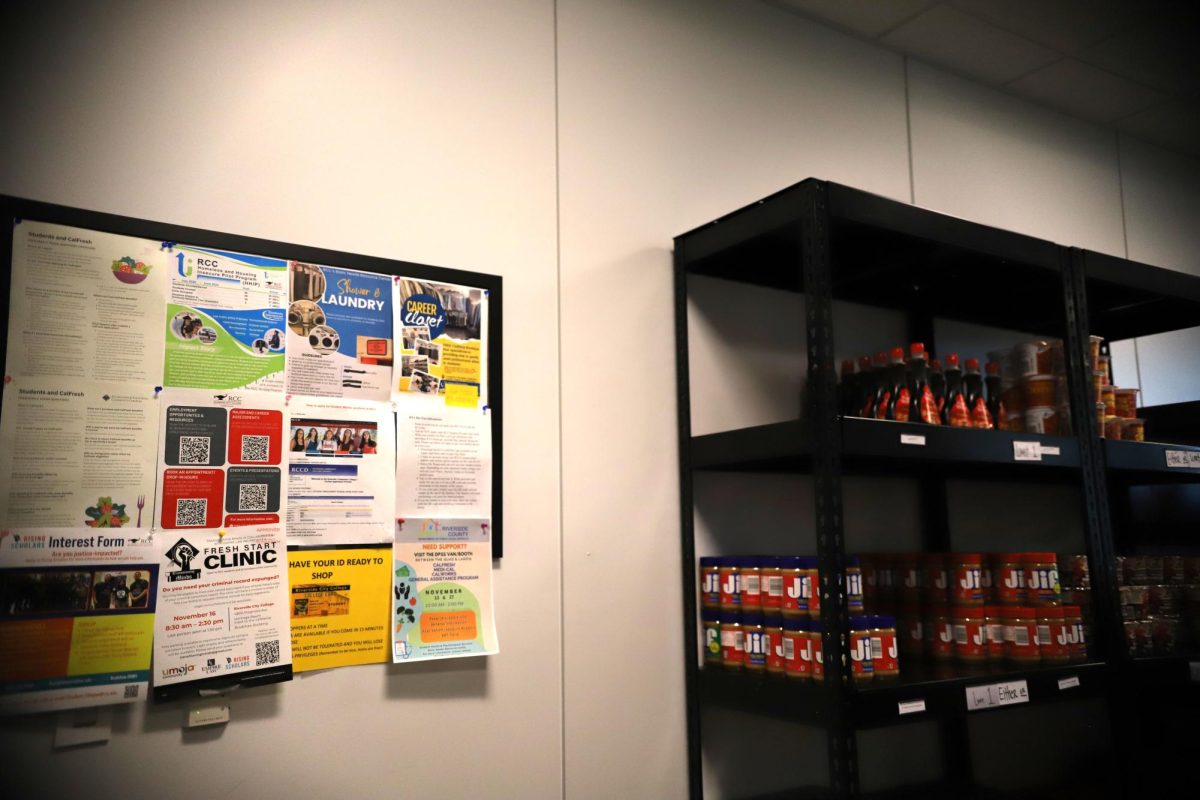Daniel Ghanbari | Staff Writer
A team of mechanical engineers from UC Riverside have gotten together and brought the phrase “window into the brain” to reality.
They have created a transparent material that could surgically replace patches of the human skull.
Project leader Guillermo Aguilar, says biocompatible ceramic material could have a great impact for different purposes.
“As you start to look for the future, you’re going to need chronic visual access to the brain,” said Professor Masuro Rao.
The most immediate benefits to science will be to easily monitor the brain with the translucent patch.
Scientists have seen improvement with OCT imaging when sensors were moved through the clear ceramic instead of solid bone.
The engineers of this project hope that this will lead to new treatment strategies to patients diagnosed with brain cancer, and also for those who have had an injury to the brain.
Currently, a majority of neurological procedures involve craniotomies, when a part of the skull is removed so that the swelling brain has space to expand.
Laser-based treatments have been the solution to most brain disorders in the past. Unfortunately most medical lasers are not powerful enough to penetrate through the skull of a human so the skull was shaved or check up surgeries were necessary to see progress or development, such as with tumors or tissue damage.
Scientists hope the transplant will take laser-based treatment to the next level by replacing a piece of the skull after a craniotomy to allow accessibility without surgery.
This ceramic material is made up of yttria-stabilized zirconia (YSZ) which has been used in the past for dental crowns and hip implants.
YSZ ceramic is opaque, which means traditionally it is not transparent. Scientists have made this material transparent by a process called CAPAD .
In this process a technique that reduces the porosity of the material to “nano-metric dimensions” is used, and in turn reduces the “optical scattering” that causes YSZ to be opaque.
After this process the ceramic is then polished, heated and cooled down for toughening.
The material is then cut into rectangular implants with the dimensions of 2.1 x 4.2 x 0.2 mm3. Dr. Kevin Binder, clinician and associate professor of biomedical sciences at the University of California, Riverside says, “This is a crucial first step towards an innovative new concept that would provide a clinically-viable means for optically accessing the brain, on-demand, over large areas, and on a chronically-recurring basis, without need for repeated craniotomies.”
Scientists note that although this is not the first transparent skull implant, it is by far the best one created.
The YS2 material is very solid which makes it safe for the head when receiving impact, compared to other lighter glass material implants of the past.
They add safety and security, as well as reducing patient self-consciousness.






